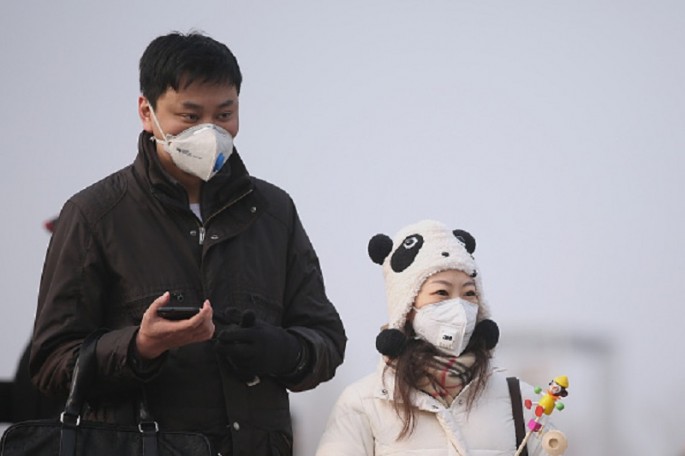Birthrates in China in the past two years were disappointing despite the easing of the one-child policy, but the National Health and Family Planning Commission (NHFPC) is optimistic more Chinese women would give birth to babies in 2016. An official of NHFP explains the expected spike in babies to superstition.
It seems belief in the Chinese zodiac is s more powerful motivator for Chinese when it comes to decisions to have a child rather than a change in policy such as the two-child policy taking effect across China on Jan. 1, 2016. The bigger factor to get pregnant is the belief that bearing a baby during the Year of the Monkey is luckier the previous year, the Year of the Goat.
NPR cited an old Chinese adage that goes: “Nine out of 10 babies born in the Year of the Goat are unlucky,” although there is a bit of confusion because some translations render the animal as either a ram or a sheep. As a result, 16.5 million children were born in China in 2015, 320,000 lesser than the number born in 2014.
Pregnancies dropped drastically beginning March 2015, at the start of the Year of the Sheep. It remained at that low level throughout the rest of the year, but Zhai Zhenwu, chairman of the China Population Association, says it went up again by mid-year in anticipation of the women giving birth in the Year of the Monkey. The association is part of the academic community of population studies under NHFPC.
Zhai stressed the increasing importance that cultural factors play in recent years that contributed to population trends, especially among Chinese living in the country’s north. Ma Li, another population expert, warned of waste of social resources, such as transportation, education and health care, because of significant changes in headcount arising from cultural views not dependent on science but on the Chinese zodiac.
Because of the anticipated baby boom this year, hospitals, like the Beijing Obstetrics and Gynecology Hospital began to expand its emergency ward by 30 percent by adding more beds in the newborn intensive care unit and assigning more nurses. Given this trend, Ma sees births increasing yearly by 4 or 5 million to almost 20 or 21 million.



























